|

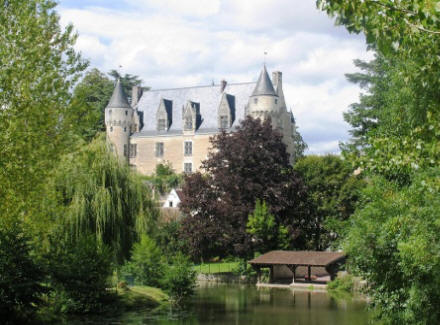
|
Chateau de Montresor as you see it today is one of our
favourite chateaux, not as grand as some but one of the few with
that 'lived in' feel.
At the
start of the 11th century, Foulques Nerra who was responsible for
many of the medieval fortresses of the Loire Valley,
had one built on top of a rocky promontory overlooking the Indrois
Valley as a defence against potential invaders. A double enclosure
wall surrounding the keep is still apparent. The massive corner
towers and the 12th century gate towers remain impressive because of
their powerful feudal architecture designed for defensive purposes.
|
|
The chateau passed into the hands of the Bastarnay family in 1493.
They had a fine residence built within the fortress walls and also
founded the collegiate church.It became a charming peacetime
residence surrounded by the original feudal defence system. |
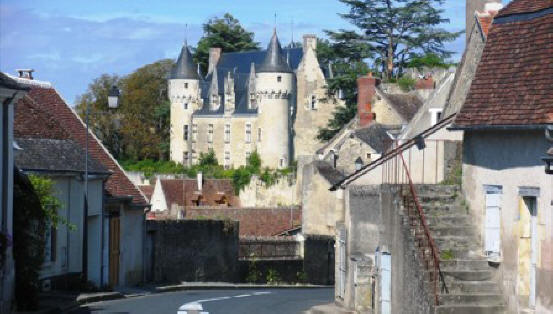
|
Over
time it past into the ownership of the Beauvilliers family where it
remained for over a century until 1831. |
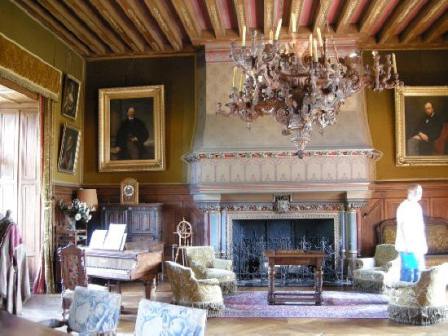
|
In 1849, Xavier Branicki,a Polish count who had
developed a friendship with Napoléon III, acquired the château. Army
officer, politician and financier, he was one of the founders of the Crédit Foncier de France bank in 1852. A noteworthy art collector
and patron, the count decorated the château with many valuable
pieces of furniture, paintings and art objects. He was also the one
who donated paintings to the collegiate church that had originally
been part of the collection of Cardinal Fesch, the uncle of Napoléon
|
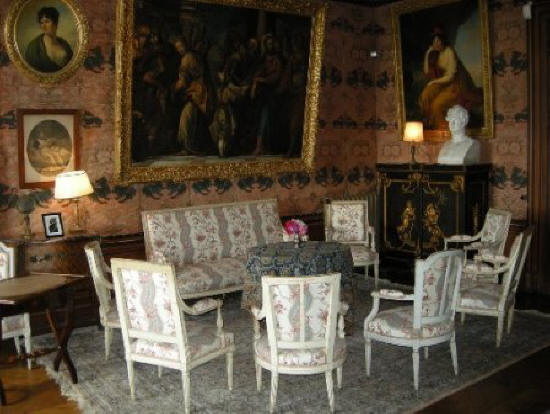
|
There is an interesting spiral staircase that gives an
alternative route up to the billiard room. This feature plus the fine collections make it an interesting
detour if you are touring the surrounding area.The castle still belongs to the descendants of Count Branicki today
and don't be surprised to bump into a family member on your visit.
|
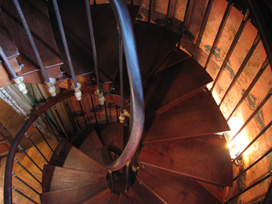
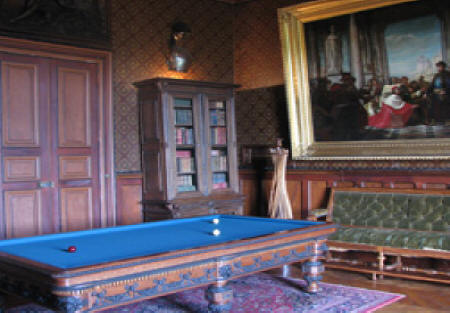
The legend of Montrésor.

|
There is a local legend surrounding the
name of Montrésor, a popular version of which tells
that many many years ago when a handsome prince and his
servant stopped at the rocks near the village, exhausted
from much travelling, the servant dreamed of marrying a
beautiful princess, far above his station. He woke to
find a lizard crawling over his master's face.
As he went to
kill it, the prince awoke and realised the lizard had a
message for them. It disappeared into a hole in the rock to
reappear a moment later covered in gold dust. Opening the
hole the two men discovered gold beyond their wildest
dreams. The prince was able to build a castle on top of the
rock, calling it Mon Trésor and putting his servant in
charge. The servant was now rich enough to marry the
beautiful princess of his dreams and they all lived happily
ever after. A less romantic, if not more plausible meaning
for the name is that one of the original lords of the
village was treasurer of the cathedral at Tours so the place
was known as "mons thesauri," or the mount of the treasurer
eventually becoming Montrésor.
Montresor |
|